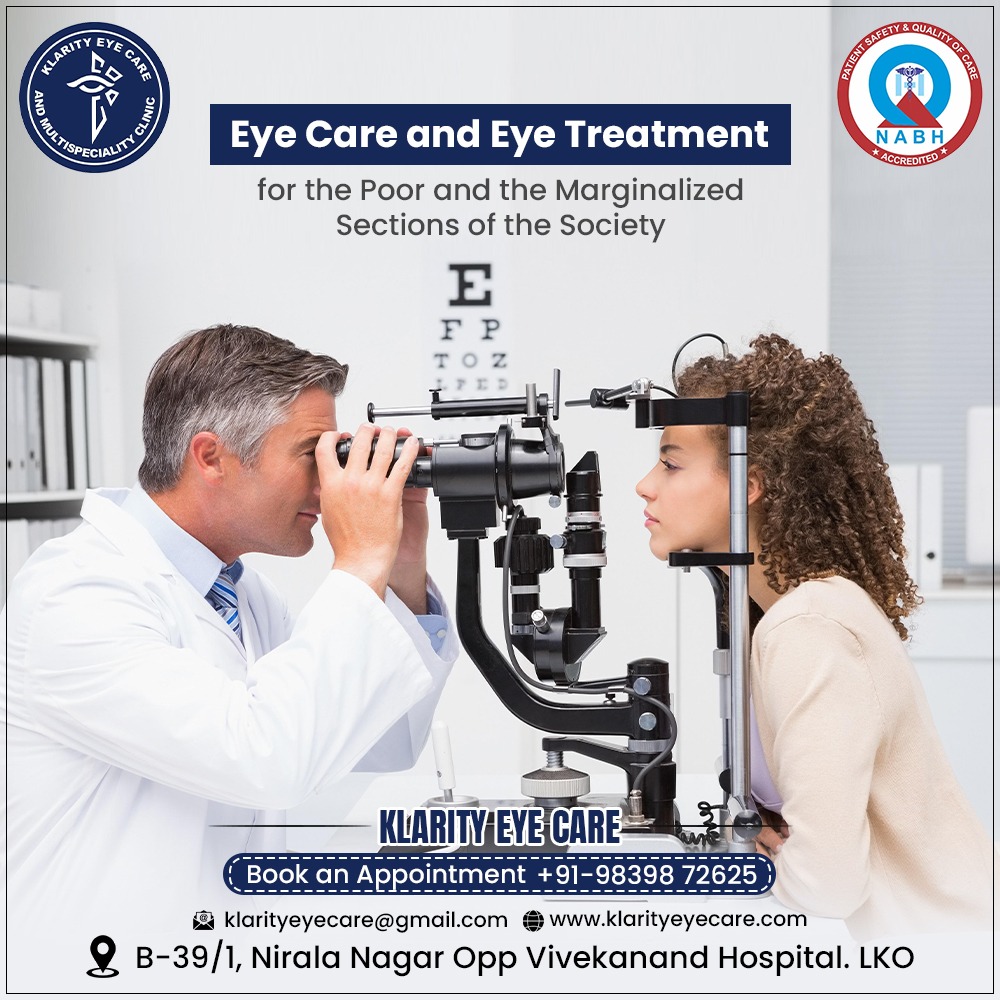Collaboration in pharmaceutical R&D is pivotal for accelerating drug development, reducing costs, and fostering innovation. This article explores the role of cross-functional teamwork, the benefits of effective collaborations, and the challenges of poor coordination. Highlighting real-world examples like Pfizer-BioNTech and Merck-AstraZeneca, it emphasizes strategies such as clear communication, integrated project management, and cultural alignment to enhance R&D efficiency. By fostering collaboration, the pharmaceutical industry can overcome challenges, streamline processes, and deliver life-saving therapies to market faster.
1. Introduction
Collaboration is a process of aligning the goals of multiple people, departments, or companies for a common project or firm output. Collaboration in pharmaceutical R&D could occur among multiple departments of the same or different company, between two pharmaceutical firms, or between contract research organizations and contract manufacturing operations. Effective collaboration among business development, formulation development, analytical development, manufacturing technology, clinical department, regulatory affairs, and marketing teams is essential for successful product launches in pharmaceutical companies.
Pharmaceutical R&D is a high-stakes endeavor that involves the discovery of new drugs, drug product development, preclinical testing, manufacturing, clinical trials, regulatory approvals, and post-market surveillance. The process is time-consuming, expensive, and fraught with risks, as only a small percentage of drug candidates make it to market. In recent years, the industry has witnessed a shift from in-house R&D to collaborative models, including partnerships between pharmaceutical companies, academic institutions, contract research organizations (CROs), and biotechnology firms. These collaborations are driven by the need to share expertise, reduce costs, and accelerate the development of life-saving therapies.
In highly dynamic, cutting-edge technology pharmaceutical industries, the business firm faces rapidly transforming environments with enormous vying and perpetually modifying technologies as well as market needs. Effective collaborations create a new market opportunity and encourage fast product solutions. Resources could be rapidly activated in exigencies to adapt to new market demands to transform knowledge into innovative products and technological improvements in the most effective way through collaboration.
This article delves into the importance of collaborations in pharma R&D, the role of cross-functional departments, the positive and negative impacts of collaboration, and strategies to enhance project efficiency through effective teamwork.
2. Research and Development in Pharma: An Overview
2.1 The R&D Process
The pharmaceutical R&D process can be divided into several key stages, starting from drug discovery, followed by preclinical research, formulation design, manufacturing, clinical trials, and regulatory approvals, and ending with post-marketing surveillance. Drug discovery involves the screening of millions of molecules and the identification of potential drug targets and compounds. Preclinical research involves the testing of lead compounds either in vitro or in animal models to assess safety and efficacy for target indication. Formulation design involves the conversion of drug powder into a suitable stable dosage form at R&D followed by the technology transfer to the commercial site for manufacturing of bulk clinical batches. Human clinical trials are conducted in three phases to evaluate safety, dosage, and effectiveness.

